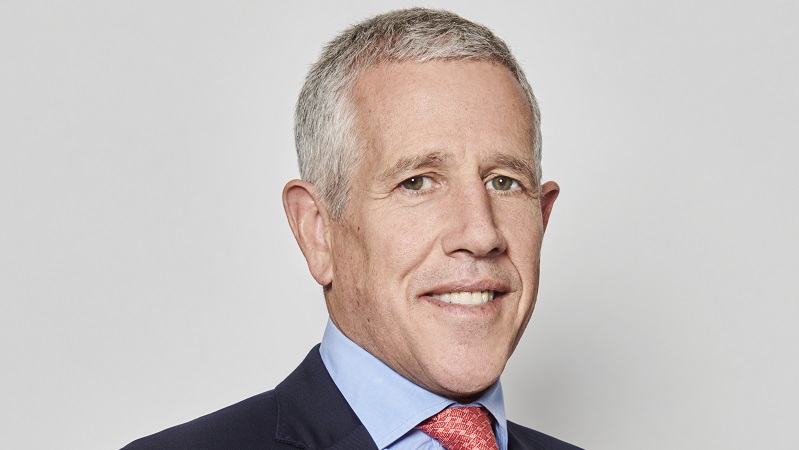This exclusive group – Austria, Australia, Canada, Denmark, Finland, France, Germany, Luxembourg, Netherlands, Norway, Singapore, Sweden, Switzerland and the UK – is much less homogeneous than it seems at first glance, and the market is now pricing these countries very differently:
The widest credit default swap (CDS) is now France at +149, and the strongest credit is Norway at +40 bps.
Corporate only
Since S&P’s downgraded the US earlier this month, many market commentators, including politicians, voiced their opinion that credit ratings were mainly justified in order to analyse corporate risk, yet should not be in the business of rating countries or governments. The principle reason behind this being that a government has taxing power and with the exception of the eurozone, controls its own currency, and therefore has the ability to simply print the money needed via quantitative easing.
One should not discount sovereign credit ratings entirely – after all, rating agencies do provide a very valuable service to investors. However, it is clear that external sources of information may have to be consulted in order to provide a more precise tool to make prevalent and well informed investment decisions.
A sovereign rating from the small and relatively unknown agency – Dagong Global Credit Ratings based in Beijing – for example, could be very relevant in the current macroeconomic environment, especially since China’s State Administration of Foreign Exchange is one of the world’s largest sovereign wealth funds and the biggest holder of US debt.
Narrowing universe
According to Dagong’s credit ratings, the AAA club (in both local and foreign currency) is even smaller, namely: Norway, Denmark, Finland, Luxembourg, Hong Kong, Singapore and Switzerland.
In fact, these ratings seems to reflect more closely today’s market perception and we should point out that, for example, both US and Italy were downgraded more severely and sooner by Dagong (respectively A+ in November 2010 & A- in July 2010) compared with occidental rating agencies.
Another source of reliable information is credit rating scoring systems from large investors themselves. According to a report from Dexia Asset Management dated June 2011, the five “best AAA” rated countries were Norway, Sweden, Canada, Germany and Switzerland, and the weakest was in fact the UK.
Additionally, in June 2011, BlackRock Investment Institute published a very precise piece of research analysis, with the top five credits not too dissimilar: Norway, Sweden, Switzerland, Finland and Australia respectively.
In conclusion, since the term ‘risk free assets’ is an outdated concept even within sovereign AAA countries, investors can no longer afford to simply rely on the big three rating agencies. Instead, data needs to be collected from new sources and analysed, ensuring the bulk of information is closely aligned to the investor base instead of being paid by issuers, in order to make better investment decisions.









